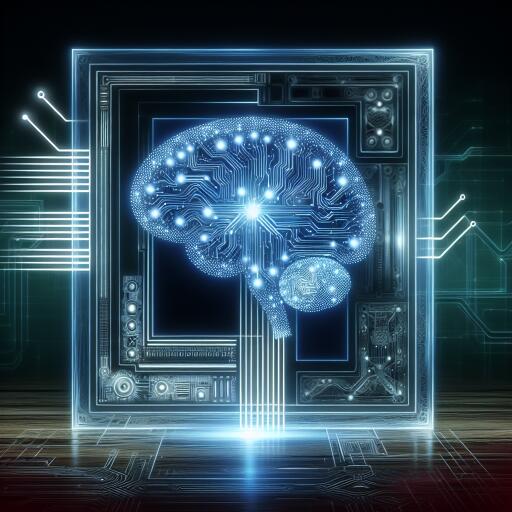The Evolution of Brain-Inspired Computing: A Major Leap Forward
In the realm of technology and neuroscience, a groundbreaking advancement has been made, signaling a significant step towards the creation of computers that draw inspiration from the very essence of human intelligence: the brain. The journey to bridge the gap between computational technology and biological brain function has long been a subject of fascination among scientists and tech enthusiasts alike. Today, we stand on the brink of a transformative era, where the lines between artificial intelligence and human cognitive processes are beginning to blur.
At the core of this innovation lies the central nervous system’s fundamental building blocks: neurons. These specialized cells are the powerhouse behind our thoughts, emotions, and actions, transmitting nerve impulses across synapses—the critical junctions that facilitate communication between neurons. It is within these synapses that the secret to complex thought and memory formation lies. They operate using ions, electrically charged atoms or molecules, which are dissolved in water, playing a pivotal role in the synaptic transmission process.
Recent breakthroughs have led to the development of a synthetic device that mirrors the function of a biological synapse, marking a monumental achievement in the field. Introducing the iontronic memristor: a device no thicker than two sheets of paper, yet capable of emulating the synaptic operations that occur in the human brain. The memristor operates in a water and salt solution, similar to the environment found within the brain, making it a significant milestone towards creating a more biologically accurate model of neural communication.
“Although artificial synapses capable of processing complex information with solid materials already exist, our demonstration of this ability using water and salt is unprecedented,” explains Tim Kamsma, a graduate researcher at Utrecht University and the lead author of the study. By simulating the actions of neurons through a medium that resembles the brain’s own, the researchers have taken an ambitious step towards the future of computing.
This remarkable creation originated from a collaboration between South Korean scientists and Kamsma, sparked by a serendipitous meeting. Together, they unveiled the potential of the ionotronic memristor to act as a computational synapse, laying the groundwork for a new type of computer that mirrors the structure and function of the human brain. While the device currently does not perform computations, it represents a compelling proof of concept for the feasibility of developing computer systems that not only emulate the brain’s communication patterns but do so through a similar biochemical medium.
“This signifies a significant progress towards computers that can not only imitate the communication patterns of the human brain but also utilize the same medium,” said Kamsma. “This may eventually lead to the development of computing systems that more accurately imitate the remarkable abilities of the human brain.”
The implications of this research, published in the Proceedings of the National Academy of Sciences, extend far beyond the realms of computing and neuroscience. As we inch closer to realizing the dream of a computer that operates like a human brain, the potential applications in artificial intelligence, machine learning, and beyond are vast and varied. This development not only paves the way for more sophisticated, efficient computing systems but also offers a deeper understanding of the human brain itself, potentially unlocking new avenues in the treatment of neurological disorders and the enhancement of brain-computer interfaces.
In this evolving landscape, where technology and biology converge, the future of computing shines bright with possibilities. The creation of a computer that mirrors the human brain’s structure and function represents not just a scientific achievement, but a stepping stone towards a new era of artificial intelligence—one that is intricately linked with the very essence of human cognition.










